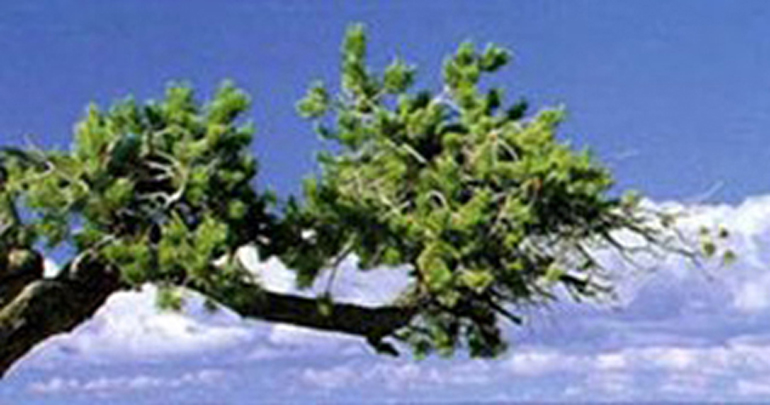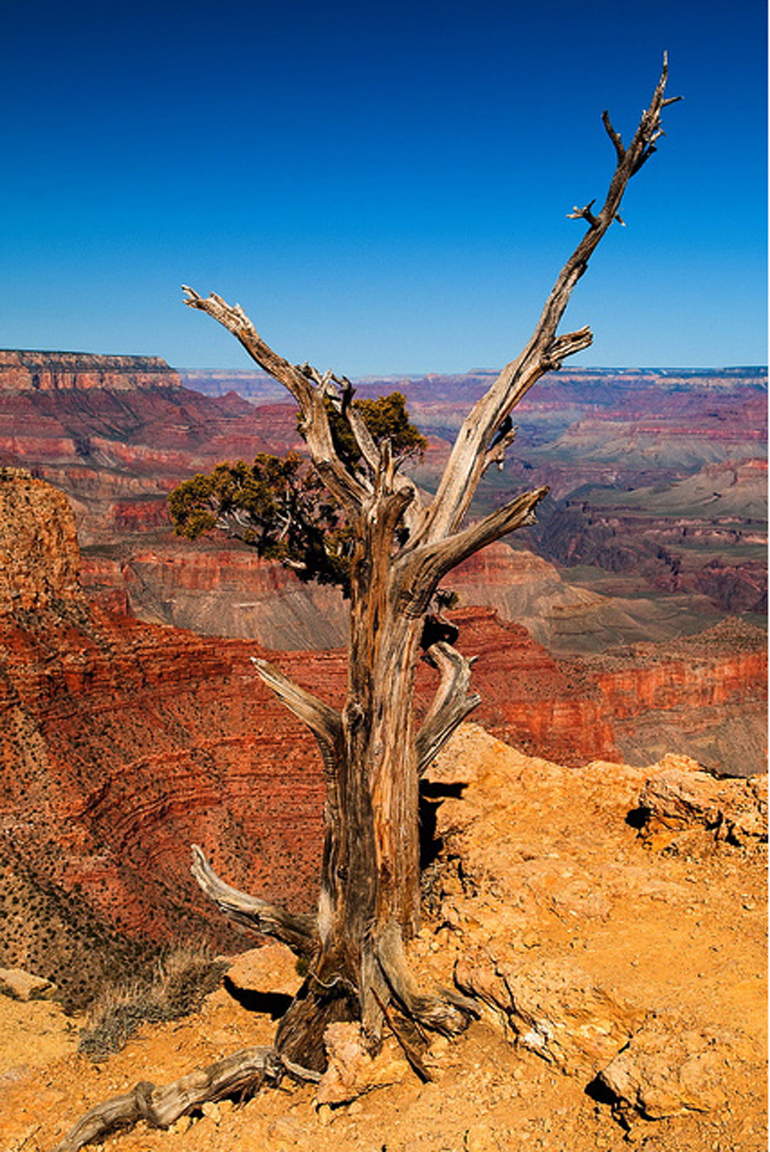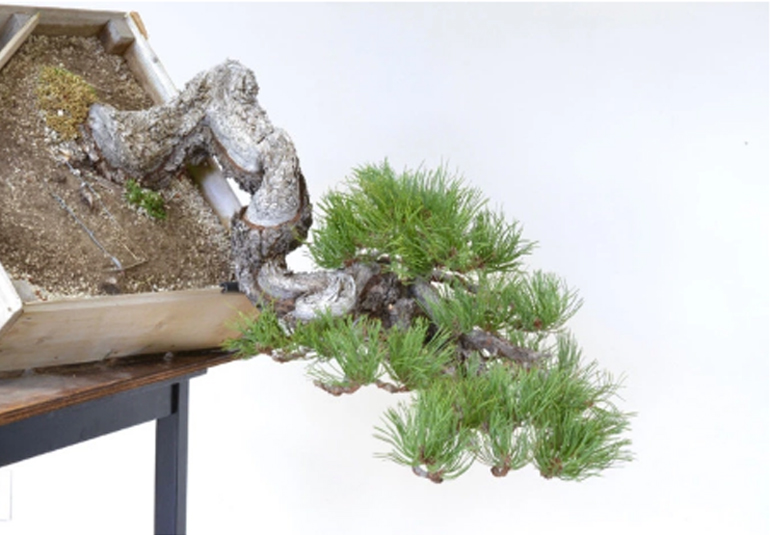
Stampede. This photo is from Michael Hagedorn's Crataegus Bonsai blog. It was taken just after restyling by Micheal and friends. The tree is a Ponderosa pine. The story of its name 'Stampede' is in a caption below (second photo down)
Two for one. I wanted to show you a post about removing wire that Michael Hagedorn put up on his Crataegus Bonsai blog recently. Problem is, we need a good lead photo of a bonsai for all our posts (don’t ask, it’s just the way we’ve always done it) and Michael doesn’t provide one in his removing wire post. So I picked some photos and text from a post Michael did on styling a Ponderosa pine not too long ago. Here’s you link to each of the two posts: You Don’t Need to Remove ALL the Wire, and ‘Stampede’ Ponderosa Pine Styling…
Continued below...
STONE LANTERN
TOOL SPECIAL ENDS TONIGHT
30% off list prices on all tools
special ends tonight, Sunday, Oct 14th at 11:59pm EDT
see below
–
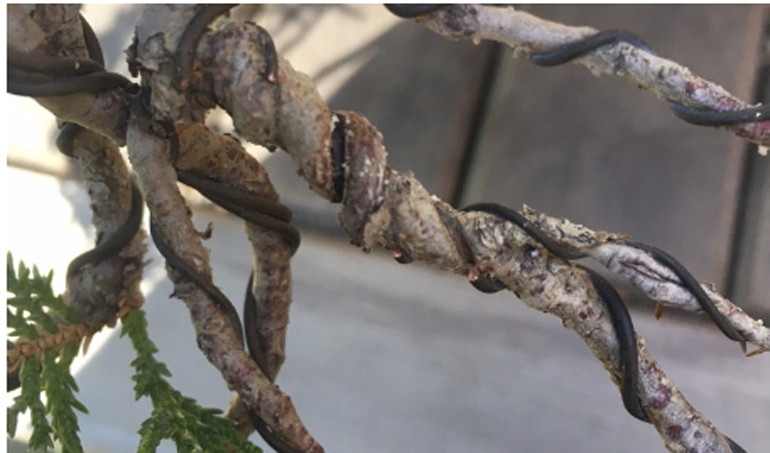
Here's Michael's photo from You Don't Need to Remove ALL the Wire. And here's some of his text on the topic... "Fall is a good time to check on what wires may be biting in on the branches. If you see some, don’t go for the default of taking it all off. That is very often a simple waste of your past work, the work you did putting it on."
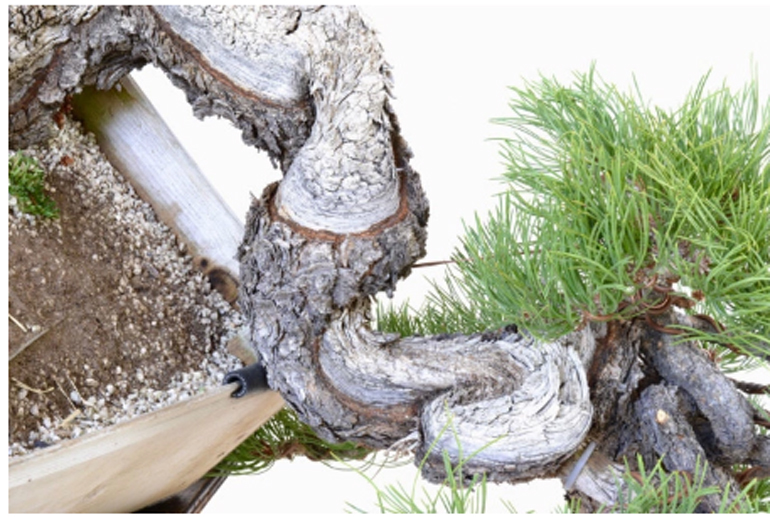
Here's closeup of the Ponderosa trunk. And here's what Michael wrote about this tree's strange name... "There’s a story about the name ‘Stampede’. The Backcountry Bonsai guys enjoy naming the trees they collect, and having received several with memorable names I asked if this Ponderosa Pine had one. I only got an abbreviated version by text and maybe not the full story, but I gather it involved some galloping extraterrestrials or horned animals that were shooed away by Steve Varland, saving the pine’s life. Dust cloud from retreating herd of mysterious animals…mountain peaks…a man bent over, worrying over an old tree…you can sort of see the ageless moment there. And the name Stampede was born."
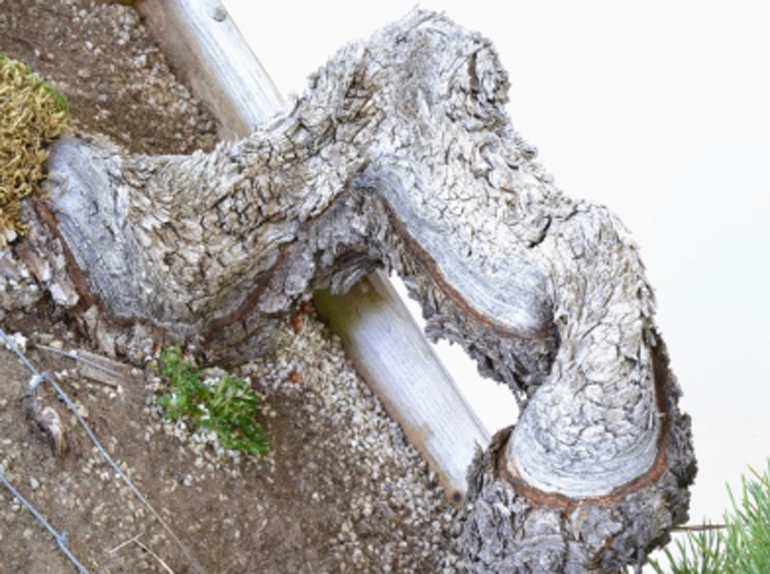
The trunk even closer...
TOOL SPECIAL ENDS TONIGHT
30% off list prices
Special Includes…
BONSAI TURNTABLES* SIEVE SETS, TOOL SETS & KITS
SHEATHS & CASES, WATERING TOOLS
& ALL BONSAI AND GARDEN HAND TOOLS
ROSHI TOOLS, KOYO TOOLS, OKATSUNE TOOLS
AESTHETICS TOOLS, YOSHI TOOLS & OTHERS
*Special does not include Green T turntables
SPECIAL ENDS TONIGHT, SUNDAY AT 11:59pm EDT
FREE Shipping on most* Continental U.S. orders 75.00+
but you must chose Free Shipping when you check out
*Free Shipping does not include bonsai wire, soil
& non hydraulic turntables
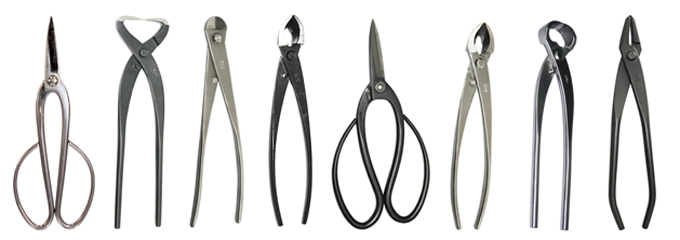
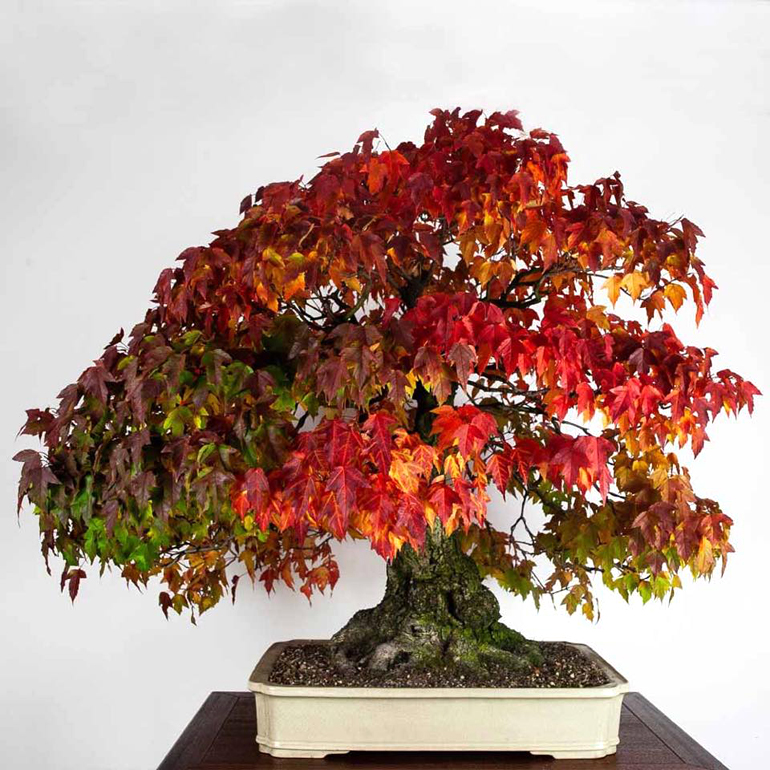
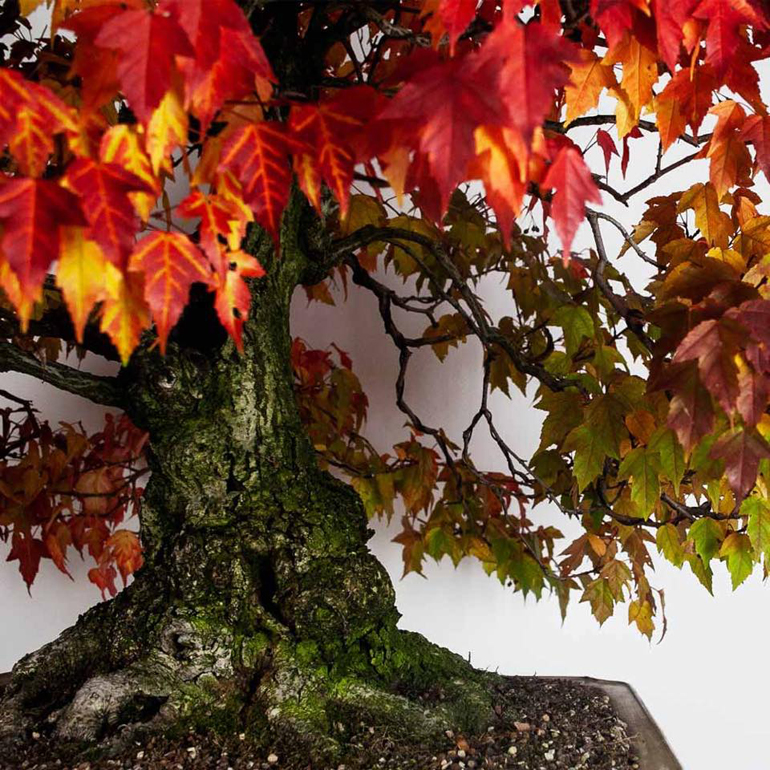

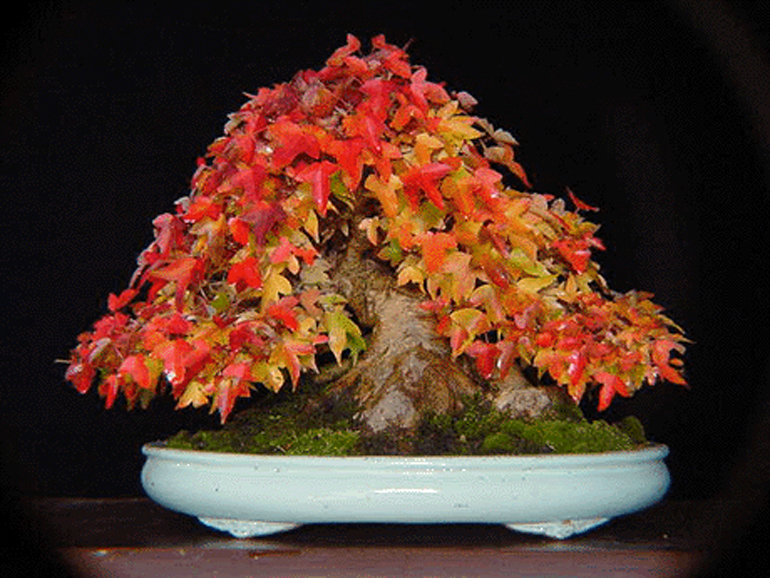
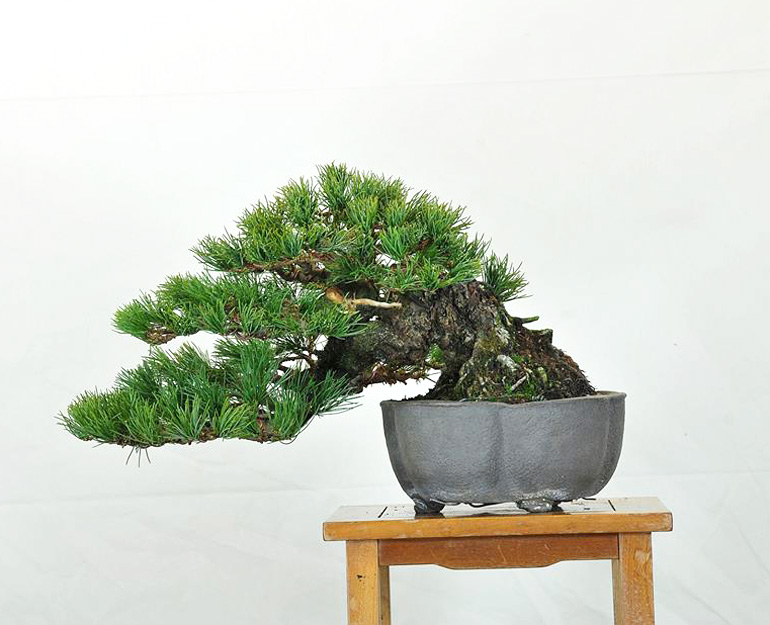
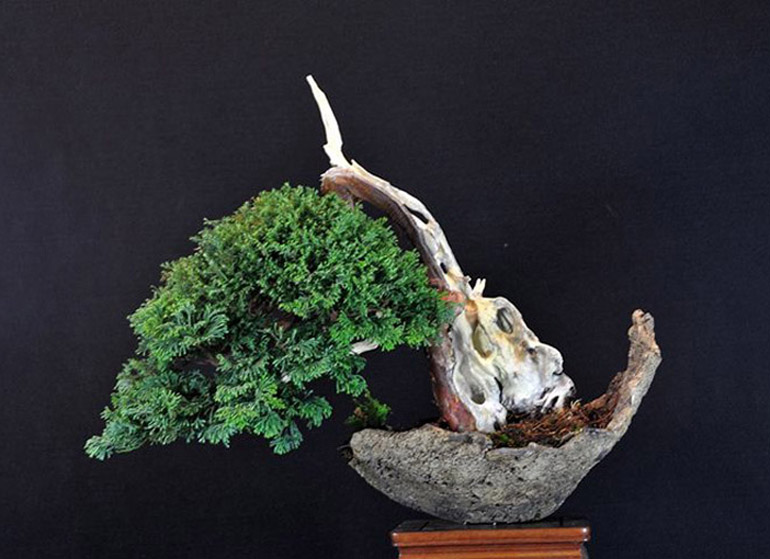 This
This Coiled
Coiled 

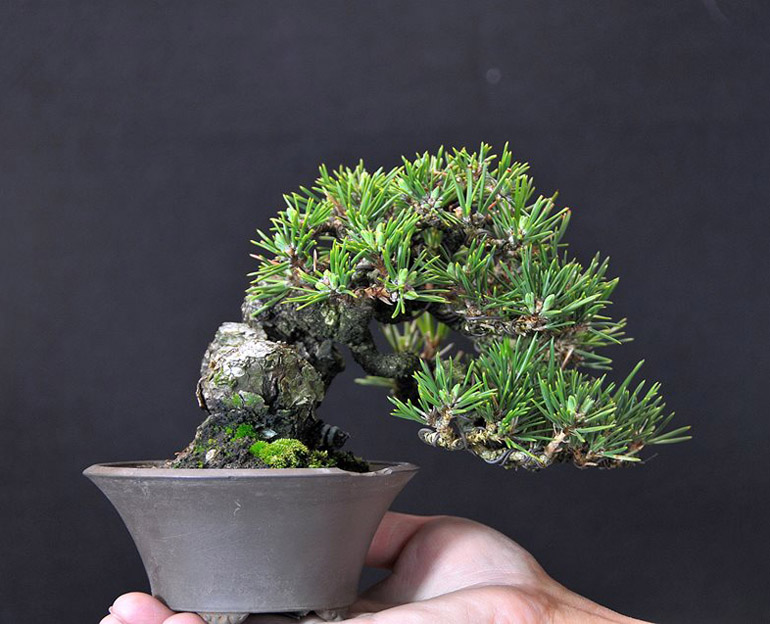
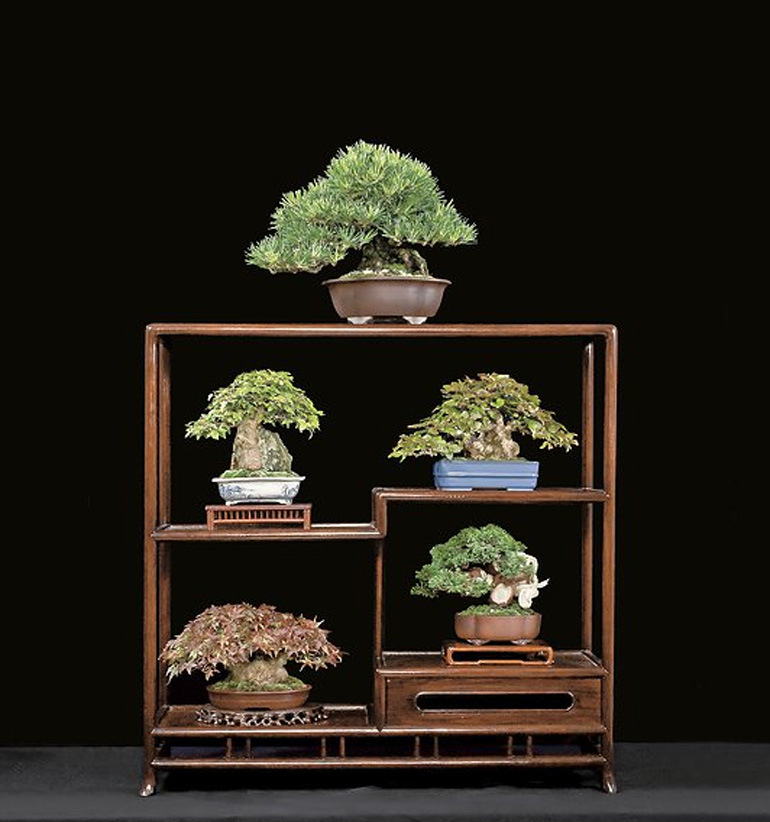
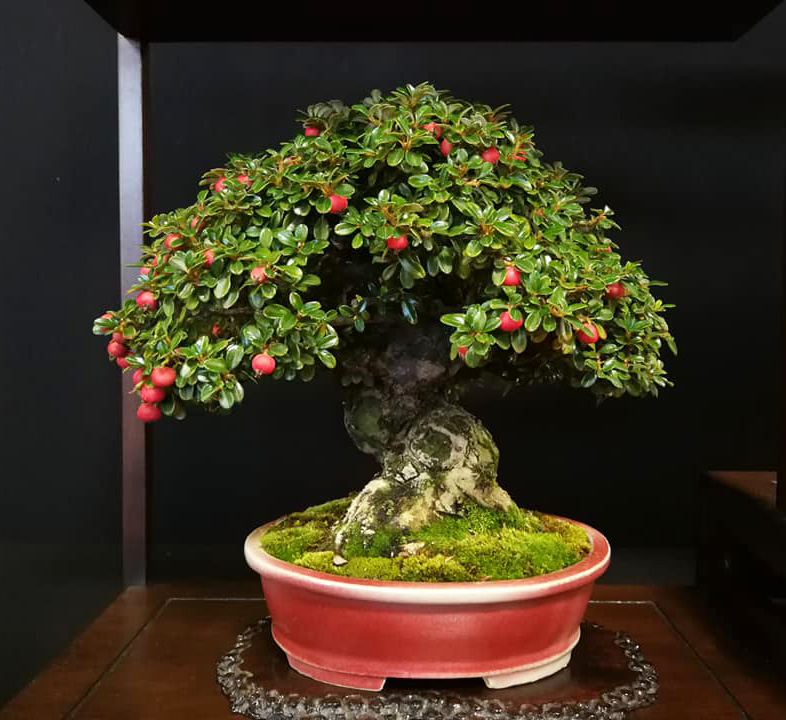
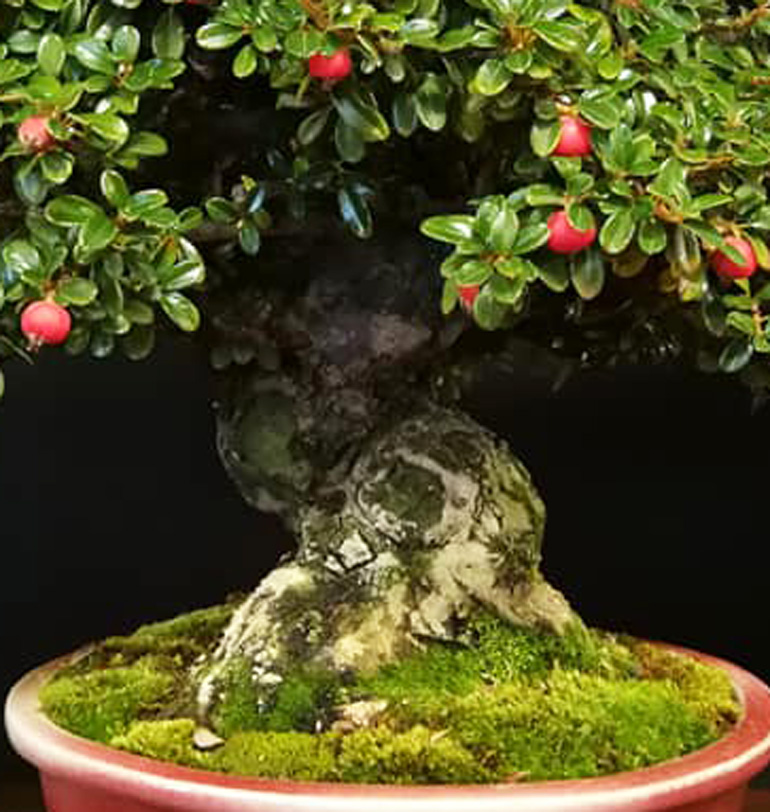
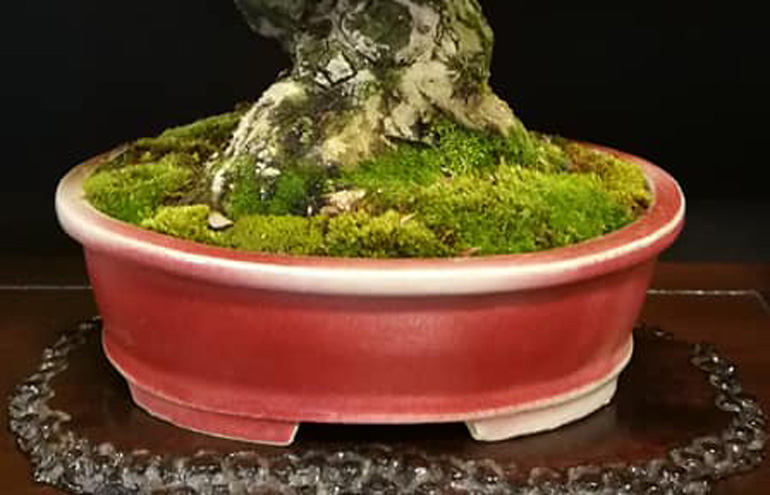


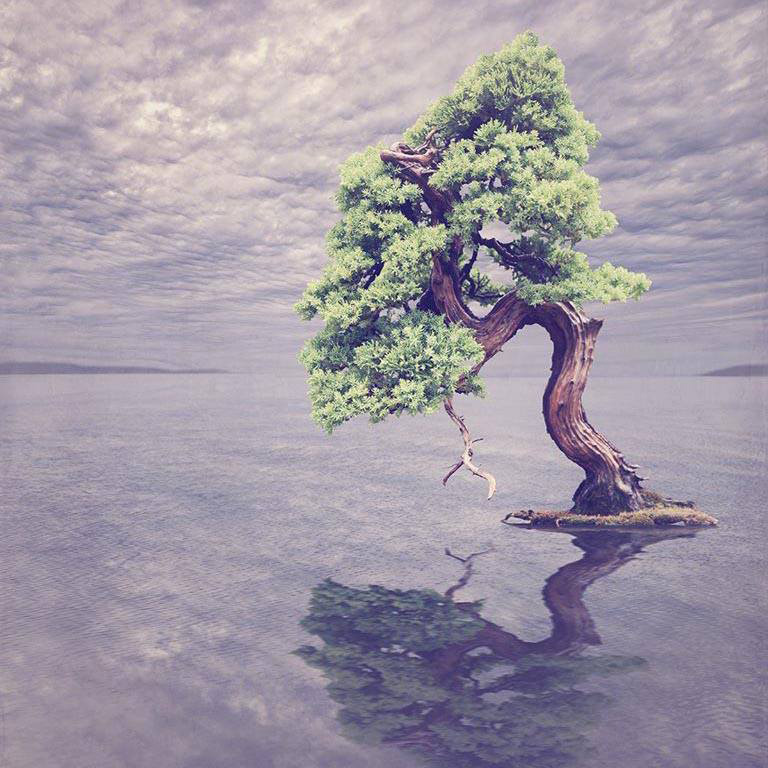
 I'm not so sure about the apex or the way it's so crowded in this photo, but I like the tree anyway. Especially that gnarly old trunk. It's a Chi Chi, a small leaf Ginkgo cultivar. As you can see, it's from
I'm not so sure about the apex or the way it's so crowded in this photo, but I like the tree anyway. Especially that gnarly old trunk. It's a Chi Chi, a small leaf Ginkgo cultivar. As you can see, it's from 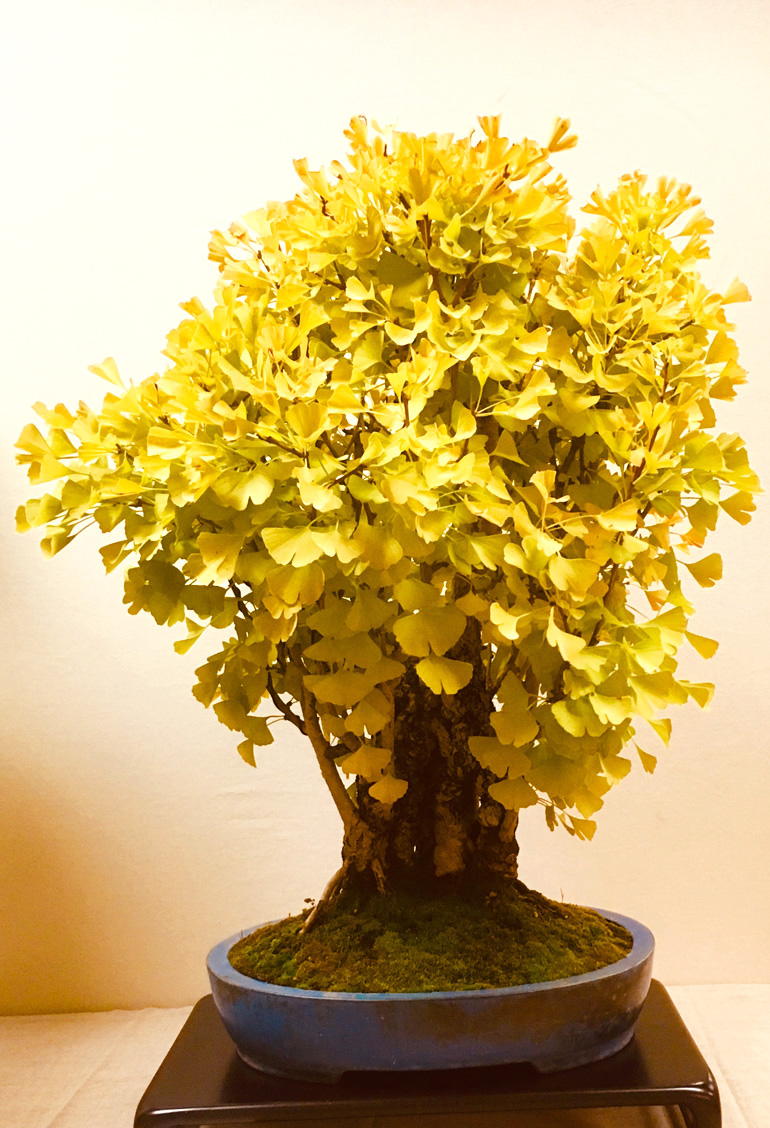
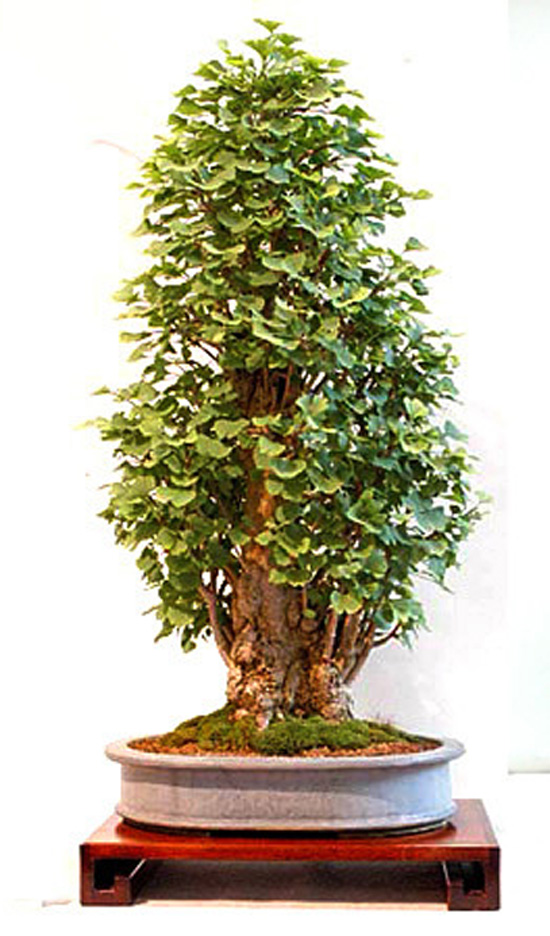

 This eccentric Ginkgo with its rough bark, great taper and impressive hole (sabamiki) was sent to us by Calin from Italy. Would you remove the middle trunk?
This eccentric Ginkgo with its rough bark, great taper and impressive hole (sabamiki) was sent to us by Calin from Italy. Would you remove the middle trunk?
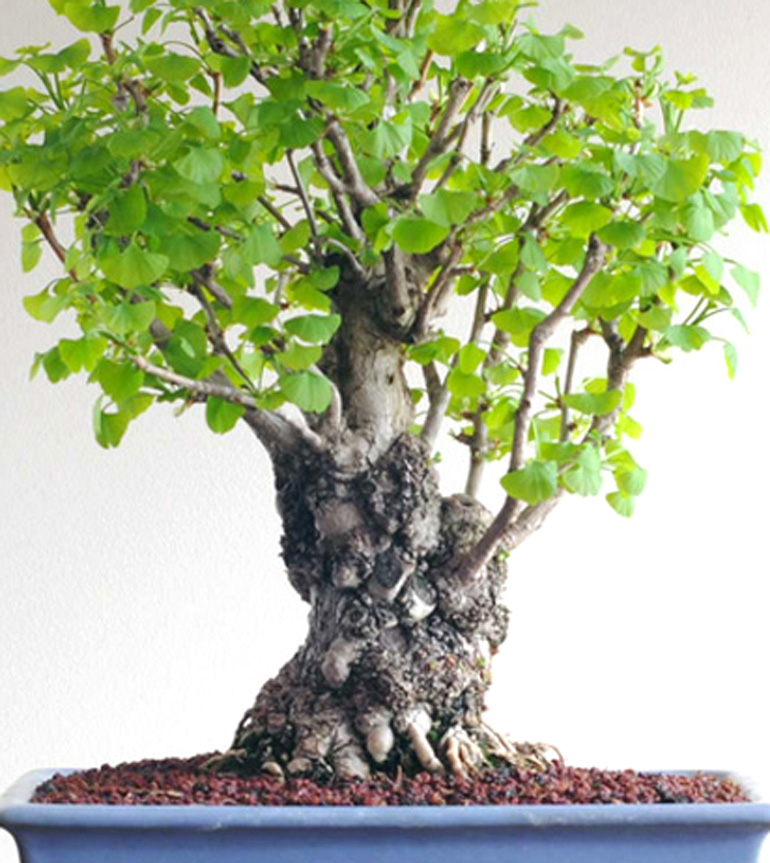

 Boon Manakitivipart takes a good look at an impressive wild specimen just before he digs it up (just kidding). From
Boon Manakitivipart takes a good look at an impressive wild specimen just before he digs it up (just kidding). From  This shot gives you an idea of the scope and size of one of nature's more impressive trees. I haven't talked to Boon, so I don't know the what or where, but my best guess is a juniper somewhere in the Sierra Nevadas
This shot gives you an idea of the scope and size of one of nature's more impressive trees. I haven't talked to Boon, so I don't know the what or where, but my best guess is a juniper somewhere in the Sierra Nevadas
 The final issue of
The final issue of 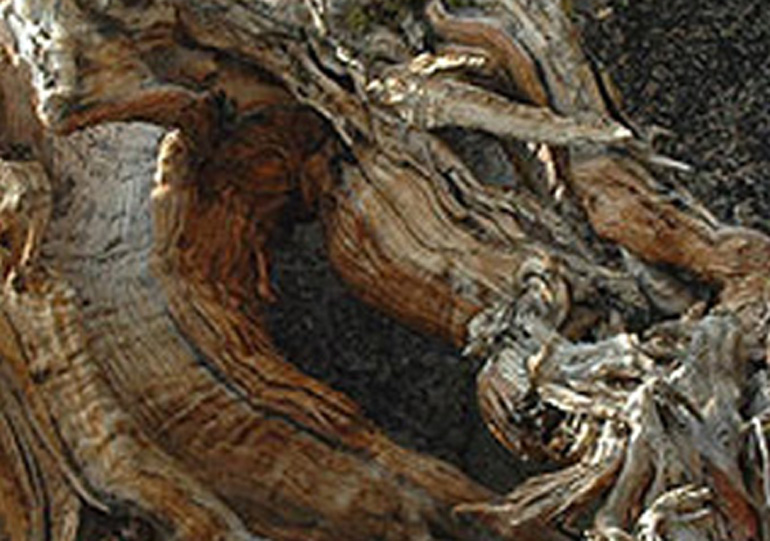
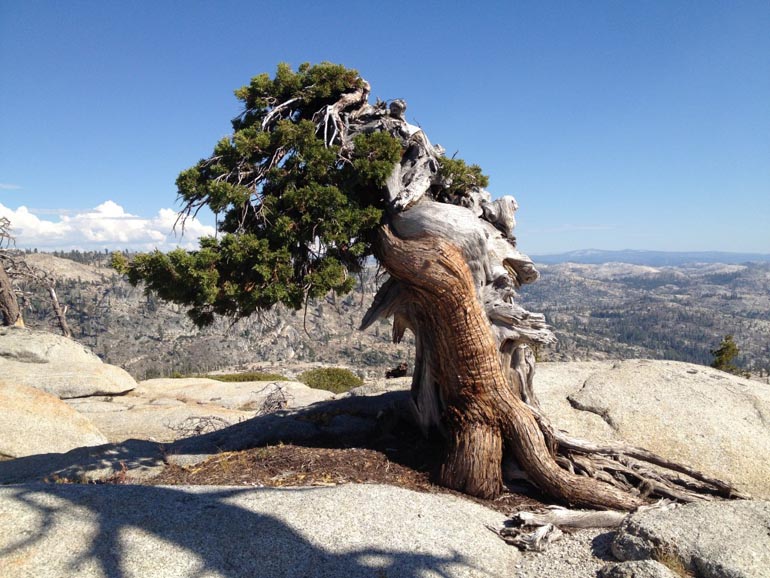
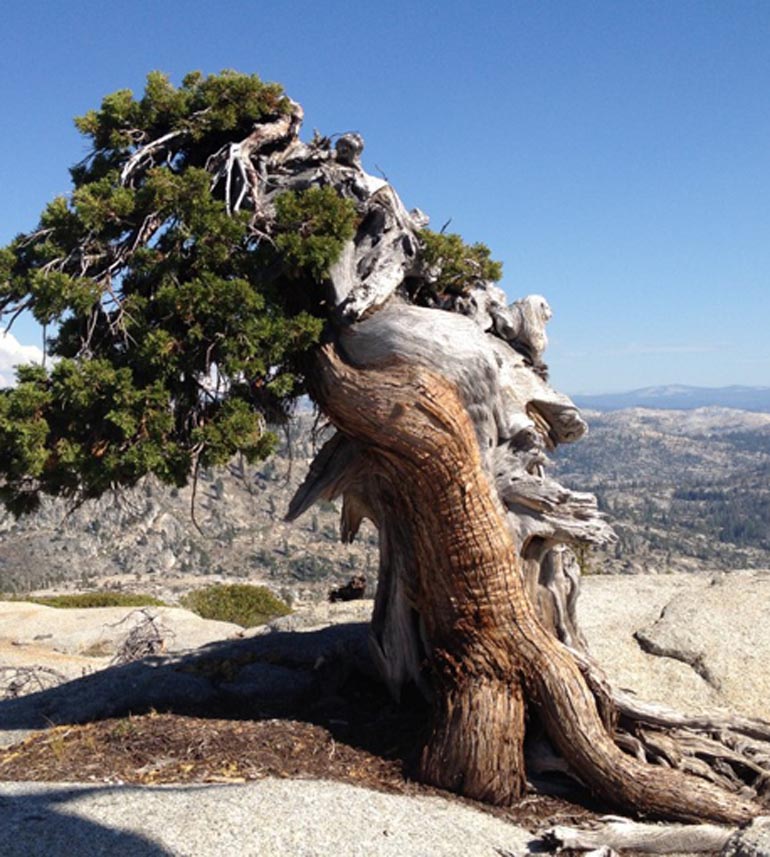


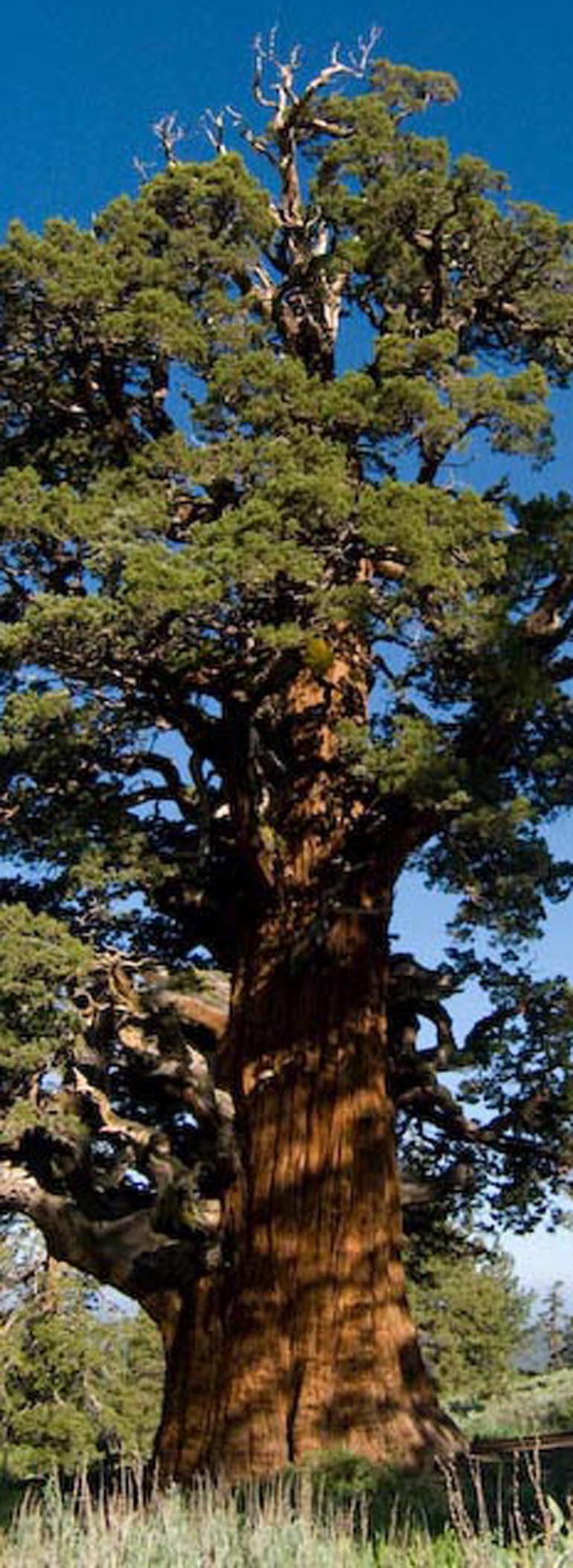
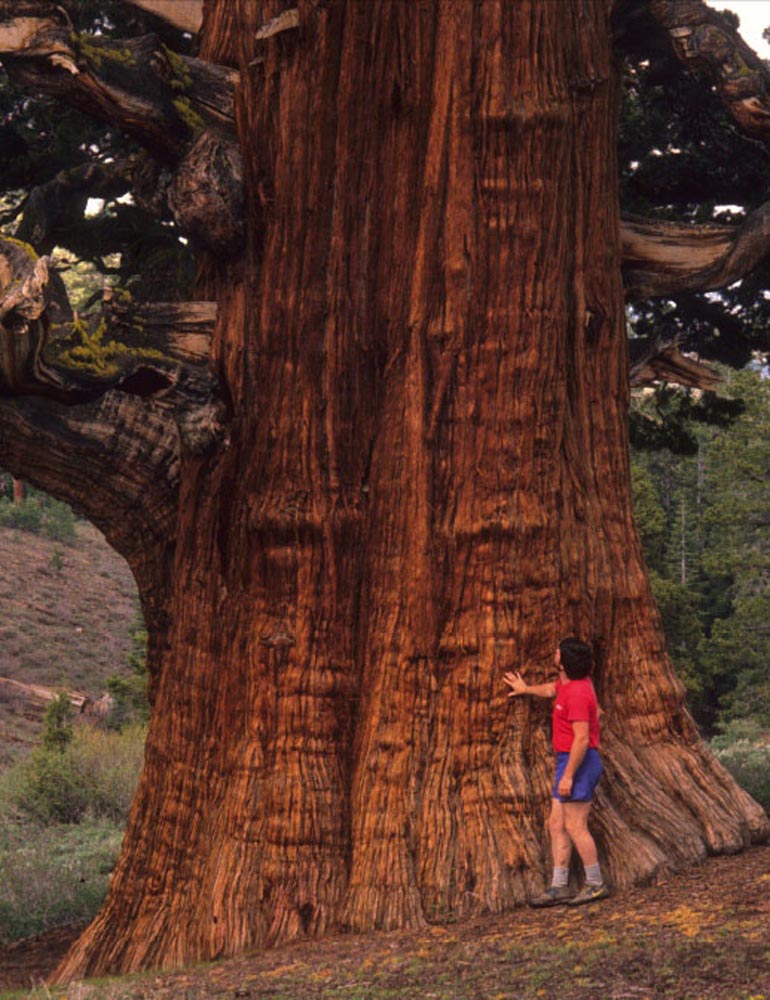
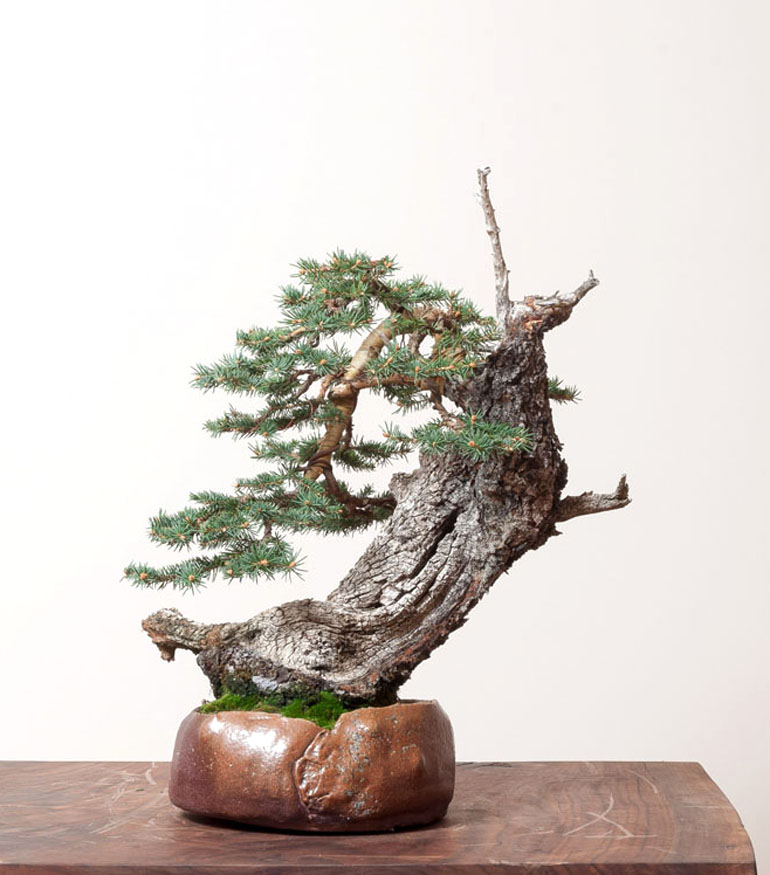
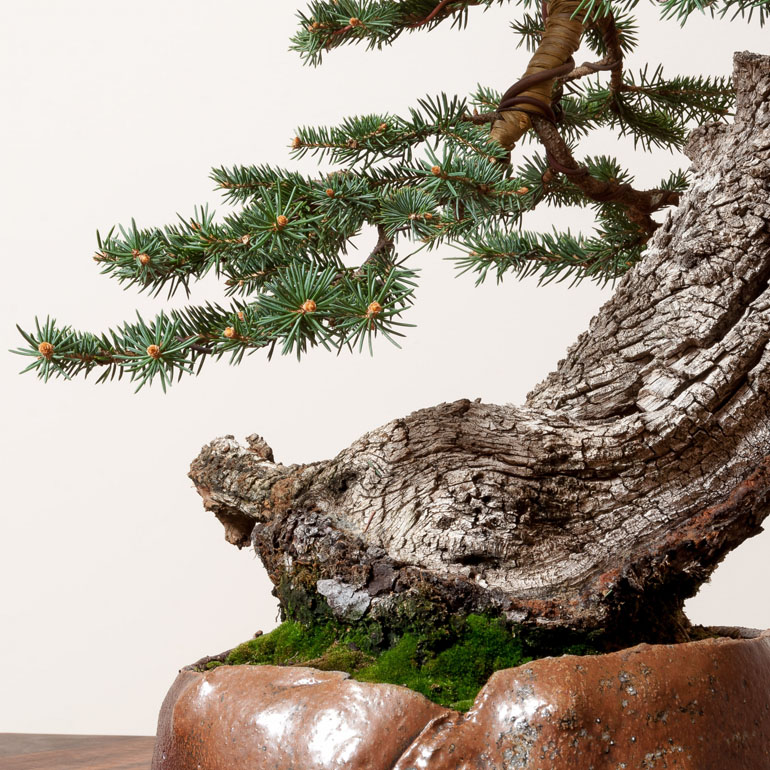
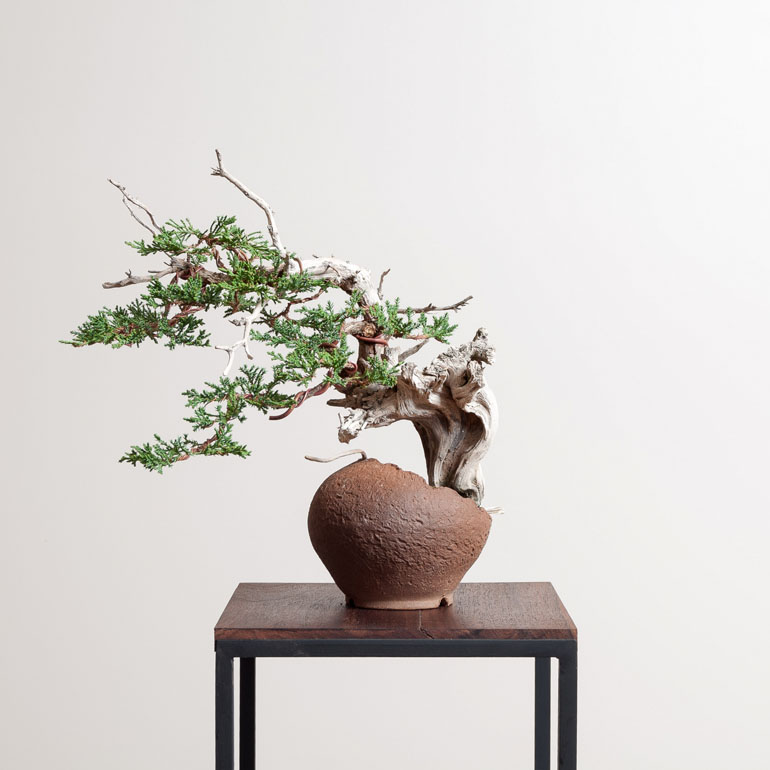
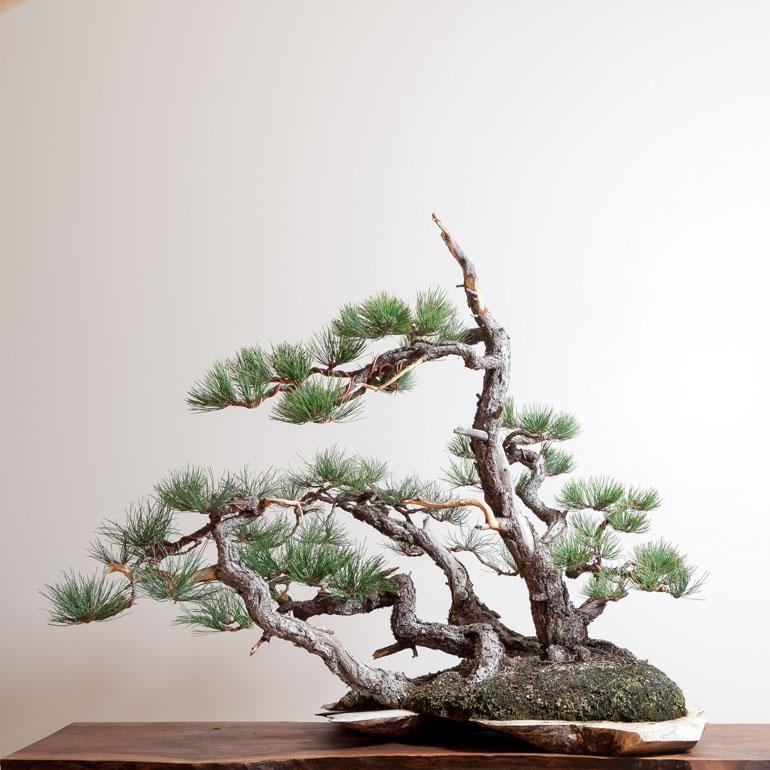

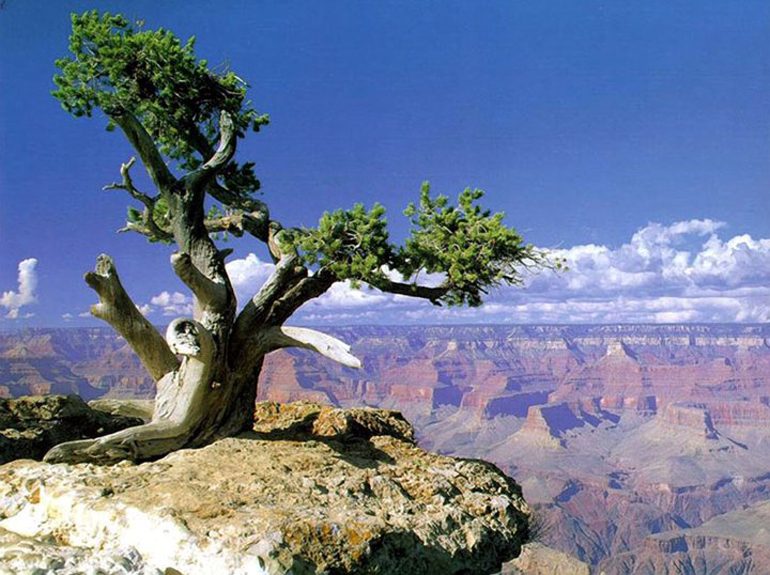 In this part of the world (Grand Canyon, Zion & Brice National Parks and surroundings) it's not unusual to see trees like this growing out of rocks. Somewhere there has to be some soil or duff, but often you can't see it. The magnificent old tree is a pine (see below) and the dramatic backdrop is the Grand Canyon. The photo was borrowed from
In this part of the world (Grand Canyon, Zion & Brice National Parks and surroundings) it's not unusual to see trees like this growing out of rocks. Somewhere there has to be some soil or duff, but often you can't see it. The magnificent old tree is a pine (see below) and the dramatic backdrop is the Grand Canyon. The photo was borrowed from 